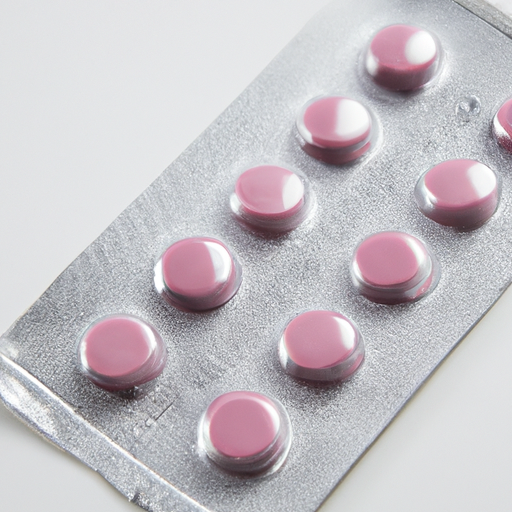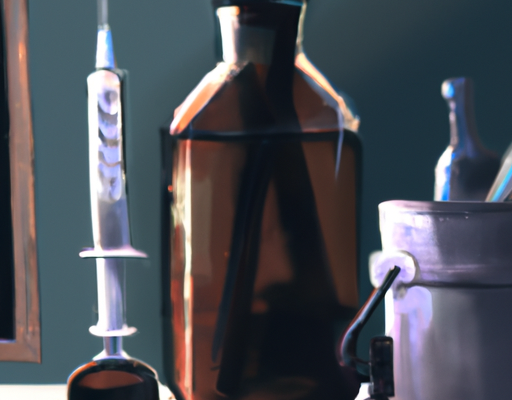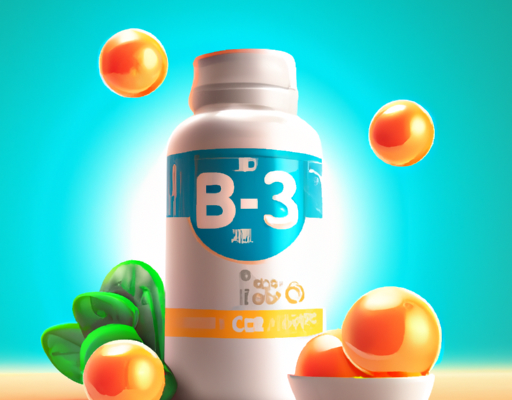1. Causes of Chin Acne
Chin acne is a common skin condition that affects many people. It is often caused by a combination of factors, including hormones, irritation from clothing, and bacteria. Hormones are the most common cause of chin acne in teenagers and adults alike. During puberty, hormone levels can spike, leading to an increase in oil production and clogged pores. This excess oil can trap dirt and bacteria, leading to breakouts. Irritation from clothing can also contribute to chin acne, as materials like cotton, nylon, or polyester can irritate the skin and cause breakouts. Lastly, bacteria on the skin can cause inflammation and breakouts. When these bacteria enter the pores, they can produce an infection, resulting in a red and painful bump. Treating chin acne can involve lifestyle changes such as washing the face regularly and avoiding irritants, as well as topical treatments like salicylic acid and benzoyl peroxide.
2. Types of Chin Acne
Chin acne can be a frustrating and embarrassing skin condition. Fortunately, there are several types of chin acne to be aware of. First, there is the cystic acne. Usually these pimples are filled with pus and are painful. They can linger for weeks and even months and are usually difficult to treat. Another type of chin acne is the “blind” pimple. These pimples are not filled with pus but rather are large, painful lumps that can last for weeks. Finally, there is the hormonal acne. This type of acne is most common in women and is usually caused by hormonal imbalances. This type of acne is typically treated with medications like topical creams and oral antibiotics. Regardless of the type of chin acne, it can be both a nuisance and embarrassing. Fortunately, there are treatments available to help reduce and even eliminate this condition.
3. Treatments for Chin Acne
Chin acne can be a challenging issue to tackle, but it is possible to find relief from the condition. Treatments for chin acne can range from simple lifestyle changes to medical interventions. Simple lifestyle changes such as avoiding overly greasy or sugary foods, washing the skin twice daily, and changing pillowcases regularly can go a long way in reducing the severity of chin acne. For more severe cases, a dermatologist may prescribe topical or oral medications such as antibiotics and retinoids. These medications act to reduce inflammation, reduce bacteria, and unclog pores. Additional treatments for chin acne may include chemical peels, laser therapy, and light therapy. While these treatments may take some time before you see results, they may prove helpful over the long term in managing chin acne.
4. Preventative Measures
When it comes to preventing acne on the chin, it’s important to be aware of what is causing it in the first place. Regularly washing your face and using a gentle cleanser will help to remove excess oil and dirt and help to reduce your risk of breakouts. Additionally, sticking to a healthy diet, getting plenty of exercise, drinking plenty of water, and managing stress can all help to prevent the development of acne. Finally, if you are currently experiencing chin acne breakouts, be sure to be gentle with your skin and avoid harsh products as this may worsen the condition.
5. Conclusion
In conclusion, acne on the chin can be a difficult condition to manage. It can be caused by a number of factors and can range from mild to severe. Here are some of the types of acne on the chin:
- Mild acne
- Hormonal acne
- Cystic acne
- Folliculitis
- Skin infection
It is important to note that there is no one-size-fits-all treatment for acne on the chin, and an individualized approach may be necessary to properly manage the condition. To best treat the condition, an individual should consult with a dermatologist or other healthcare provider to determine the most appropriate course of treatment.





No Comments